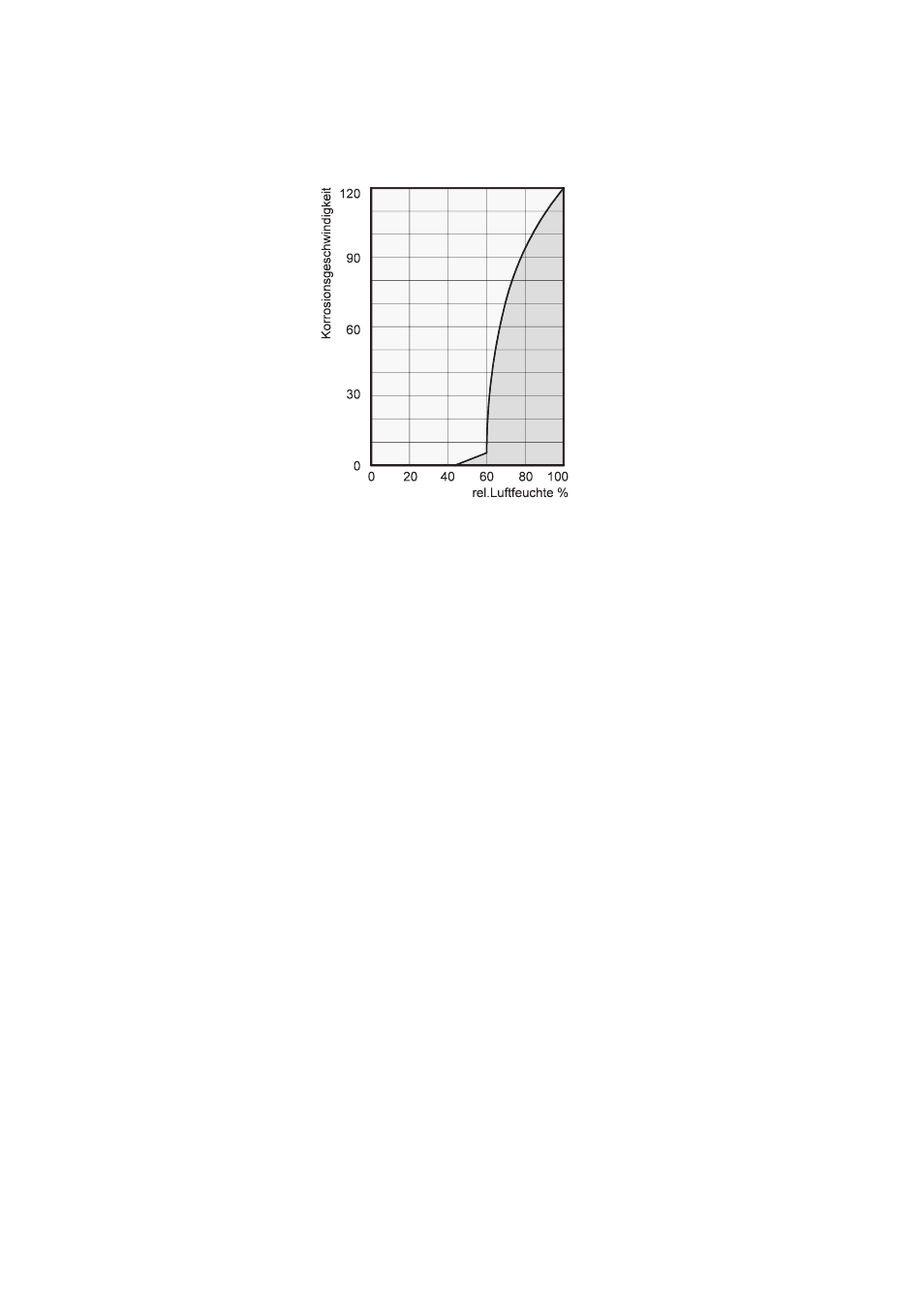Remko etf 320, Dehumidification – REMKO ETF 320 User Manual
Page 4

4
REMKO ETF 320
It can be seen that the rate of
corrosion is insignificant below
50% relative humidity and can be
disregarded below 40%.
The rate of corrosion increases
noticeably from 60% relative
humidity. This humidity damage
limit applies also to numerous
other materials, e.g. powders,
packaging, wood or electronic
equipment.
Buildings can be dried out in differ-
ent ways:
1. Heating and air exchange:
The room air is heated to absorb
moisture to subsequently be dis-
charged to the atmosphere. The
total input energy is lost with
the discharged, moist air.
2. Dehumidification:
The moist air in an enclosed
room is continuously dehumidi-
fied according to the condensa-
tion principle.
The interrelated processes occur-
ring during dehumidification are
based on physical laws.
These are illustrated here in simp-
lified form in order to explain the
principle of dehumidification.
Using REMKO dehumidifiers
■
No matter how well windows
and doors are insulated, damp
and moisture can penetrate
even through thick concrete
walls.
■
The water volumes required for
binding concrete, mortar, plas-
ter, etc., are diffused out initially
after 1-2 months under certain
circumstances.
■
�ven moisture that has pen-
�ven moisture that has pen-
etrated masonry following high
water or flooding is released
very slowly.
■
This applies similarly, e.g. also
to moisture contained in stored
materials.
The moisture (water vapour)
escaping from buildings or
materials is absorbed by the
ambient air. This increases their
moisture content and ultimately
results in corrosion, mould, rot,
peeling of paint coatings and other
unwanted moisture damage.
The diagram opposite shows an
example of the rate of corrosion,
e.g. for metal at different humidity
levels.
Dehumidification
In terms of energy consumption,
dehumidification has one decisive
advantage:
�nergy expenditure is restricted
solely to the existing room volu-
me. The mechanical heat released
through the dehumidification pro-
cess is returned to the room.
With correct use, the dehumidifier
consumes only about 25% of the
energy required for the “heating
and ventilation” principle.
Relative humidity
Ambient air is a gas mixture and
always contains a certain amount
of water in the form of water
vapour. This water volume is ex-
pressed in g per kg dry air (absolu-
te water content).
1m³ air weighs about 1.2 kg at
20°C
Depending on the temperature,
each kg of air is only able to ab-
sorb a certain amount of water va-
pour. When this absorptive capaci-
ty is reached, reference is made to
“saturated” air; this has a relative
humidity of 100%.
Relative humidity is therefore un-
derstood to be the ratio between
the amount of water vapour cur-
rently contained in the air and the
maximum water vapour volume at
the same temperature.
The ability of air to absorb water
vapour increases with increasing
temperature. This means that
the maximum (= absolute) water
content increases with increasing
temperature.
